Finally, we have completely escaped the winter! One of the best winter destinations for van travelers in Europe are the Canary Islands. With pleasant temperatures all year round, mostly beyond 20°C, this destination lends itself perfectly. We chose this destination quite late in the fall and accordingly we have to wait a long time for a seat on the RoRo ferry. So, it is not necessarily suitable for a very spontaneous trip, but with about 2 months lead time you should always be able to find a place on the ferry. Everything you need to know about the ferry to the Canary Islands, booking procedures and tips, we have summarized in a separate blog post Ferries to the Canary Islands: Things to know.
After a strenuous crossing from the Spanish mainland, it always takes over 30 hours in one direction, we arrive in Morro Jable. This village is located in the very south of Fuerteventura. We are so exhausted from the tear that we sleep directly on a parking lot at the port with springlike temperatures. Our island tour begins only on the following day.
Costa Calma and the lagoon Sotavento
We quickly find our way around the island. There is a large highway on the east side of the island stretching over its entire length. From this highway smaller side roads lead to the coast and to the places worth seeing. And with smaller side roads are partly also meant unpaved gravel roads. We have heard about it and are prepared for it, but it is special since it’s the first time since we built our van to be on longer bumpy and sandy roads for longer distances. The first elongated stop we make around Costa Calma and the lagoon Sotavento. Paddy is especially interested in kitesurfing and so we head for the various kite spots in this region of Fuerteventura. Since in the winter months the wind does not blow as consistently as in the kite season from spring to fall, we spend a few days waiting. The nice thing about the Canary Islands is the relaxed approach to wild camping. As long as we don’t get too comfortable, we can spend the night right on the beach. Beautiful and exactly how we imagined it in our best dreams for our van trip!
Back to kitesurfing: The conditions are good enough on one or two days to refresh the skills. Quite fast Paddy notices, however, that although it is called Costa Calma here, the water is not as calm as e.g. the last time kitesurfing four years ago in Egypt. The kite spots on Fuerteventura in the open sea are rather advanced, this as information for all other beginners, who look forward to weeks of kitesurfing.
The natural lagoon Sotavento is one of the main attractions of Fuerteventura and is a protected area. The shallow water area is mostly protected from the rest of the sea by a sandbank. This is only broken in a few places, so that at high tide the sea water fills the lagoon and at low tide the sandy plain is mostly drained again. An adapted flora and fauna thrives in it, in some places there are larger bushes growing in this environment and in others the sandy to stony bottom is covered with a mossy, slippery film.
The size of this lagoon makes it even more impressive. It stretches over several kilometers in length and in places is about 500m wide. This makes it big enough to serve as a kitesurfing arena at high tide. Fortunately, we are just at the right time of the month at the lagoon that the tide fills the lagoon during the day. Due to the offshore sandbank the lagoon is protected from waves and so all skill levels of kite surfers get their money’s worth! This is one of the most brilliant experiences on Fuerteventura there is!
Betancuria
Through hilly, barren landscapes, winding roads lead to Betancuria in the mountains of Fuerteventura. Betancuria is the historical capital of Fuerteventura, although this is of course not politically correct as there are several districts on the island. Even today, certain regional offices of the administration are located in Betancuria.
Thanks to the long past of the village, there is a simple but nice-looking church, a ruin and an impeccably maintained village center with a picturesque townscape. We stroll through the few streets and find an inviting restaurant to treat ourselves to a light lunch. Really picturesque to sit in a courtyard of a hotel under a pergola in the sun. That has something for itself!
And in Betancuria we also notice for the first time the decelerating effect of such secluded island mountain villages. In any case, we quickly adopt this more leisurely way of life and take it with us on our next explorations on Fuerteventura.
Playa de Ajuy
The beauty of all Canary Islands, but due to the elongated shape of Fuerteventura, especially on Fuerteventura, is the ubiquitous proximity of the sea and accordingly the associated beaches. One of these beaches like from the picture book is the Playa de Ajuy. Fine, black sand trickles between the toes while meter-high waves break directly in front of the beach. The sea view is flanked by rugged rocky cliffs. This completes the scene of Playa de Ajuy. If you are on the beach in the evening, you can admire a beautiful sunset. And also here, not quite on the beach but only a few meters behind it we can spend the night undisturbed with our Ben. So, the next morning we are at the right starting point for the next natural monument.
Caleta Negra
Next to the beach of Ajuy a path leads on the right side in the direction of the Caleta Negra. These are large erosions in the rocky coast that have formed caves over the millennia. There are many legends about these hidden coves. These rock formations are said to have been used as pirate hideouts centuries ago. In the recent past, the special rock composition was used for the extraction of limestone. Until the middle of the 20th century, life here was still very simple and characterized by a heavy manual workload. Of course, there is still a considerable amount of e.g. agriculture on the island, but the continuously high tourist flow since the end of the 20th century has certainly contributed to the development of Fuerteventura.
The path leads directly along the cliff and gets narrower and narrower, until at one point we can descend directly into the cave on the shore. The strong contrast between the deep blue to turquoise water and the dark gray rock of the coast is impressive. We take enough time and let the special coastline take its effect on us before we continue our journey.
The caves can be visited for free and although there is a good path over the rocks, we recommend wearing closed shoes and not necessarily flip flops.
Barranco del Rodeo / Barranco del Malpaso
Not far from Ajuy there are dry riverbeds. If there was no heavy rainfall on Fuerteventura, these can be easily walked through. Due to the special, layered rock composition, the past water masses have created impressive rock formations by erosion. During this hike we feel a bit like hunting for a hidden treasure. The most famous rock formation is not so easy to find and in advance we only know a vague description of the path. On site, however, we quickly see the well-trodden paths and partly unofficial trail markings that lead us to the special formation in the Barranco del Rodeo, the Arco de las Penitas. The hike through a desert-like landscape with lots of brown-orange sandstone almost imitates the Grand Canyon in miniature. For those who like hiking and want to go on a little treasure hunt, this excursion into the dry river valleys near Ajuy is just the right thing.
The hike is not very demanding, but towards the end you have to climb a bit over rocks, so make sure you wear good shoes! Also, there are no trees and therefore almost no shade, avoid midday heat. Sunscreen and sun hat are just as a must as to have enough water with you.
We have spent a total of more than three weeks on Fuerteventura and accordingly collected many beautiful impressions. So that this post does not blow up the frame too much, the other experiences follow in two other parts of our travel report from Fuerteventura.
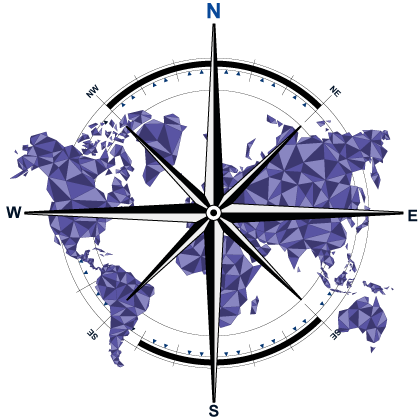
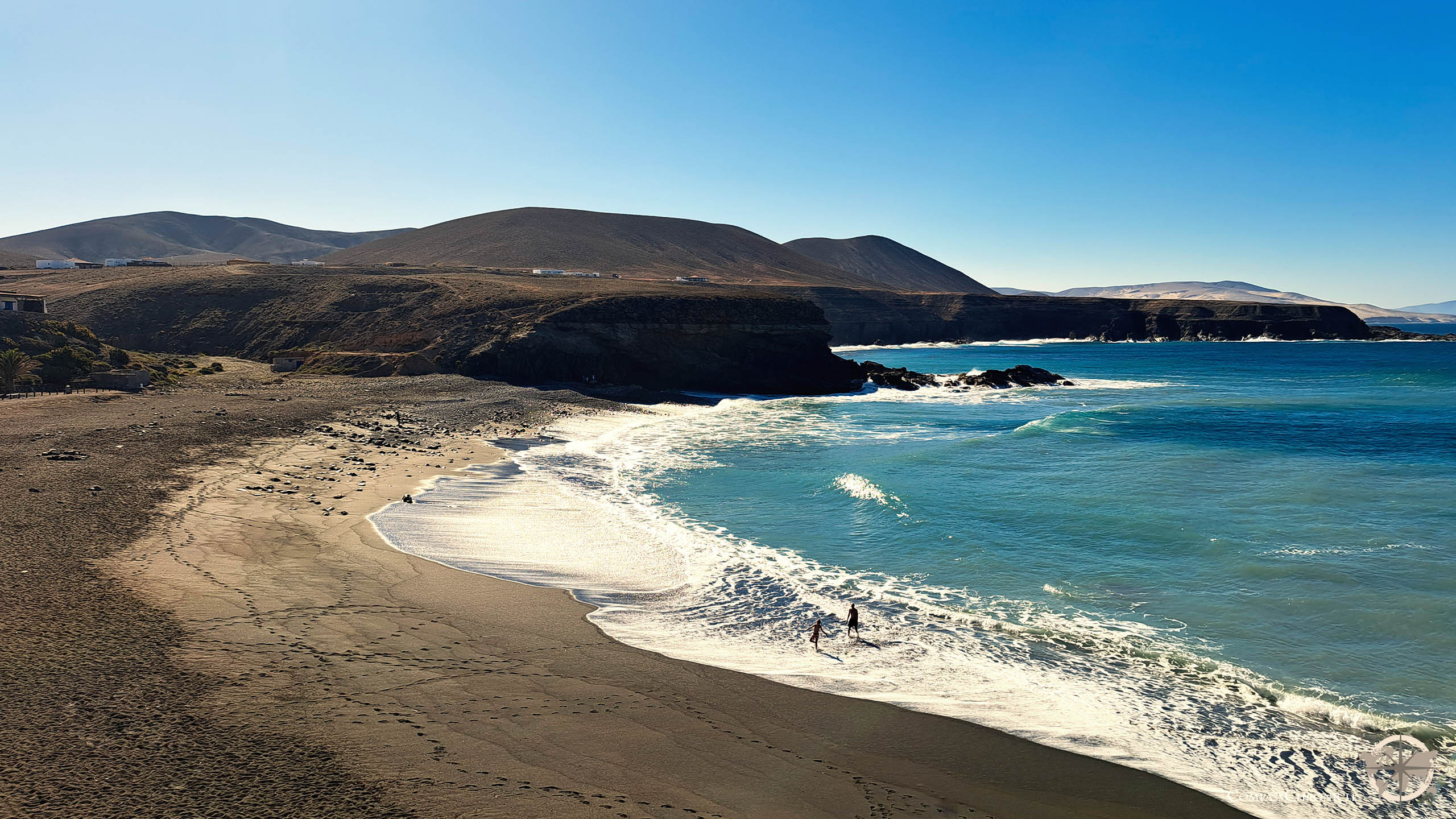

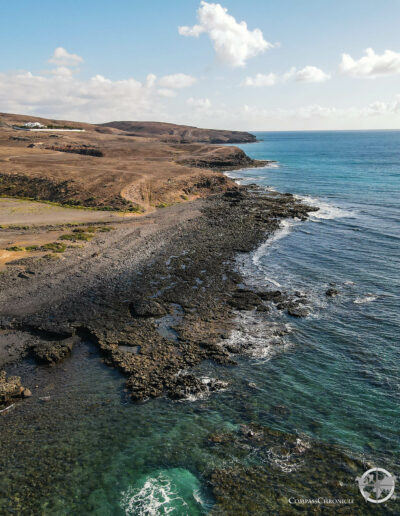




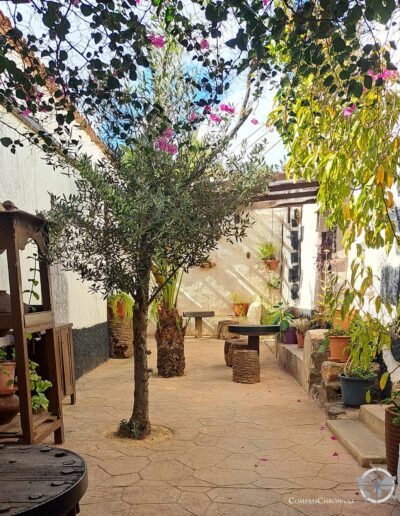


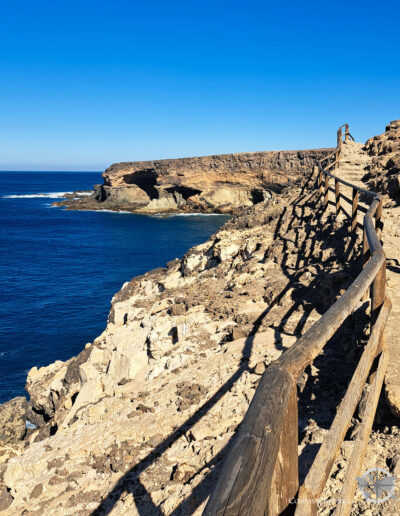




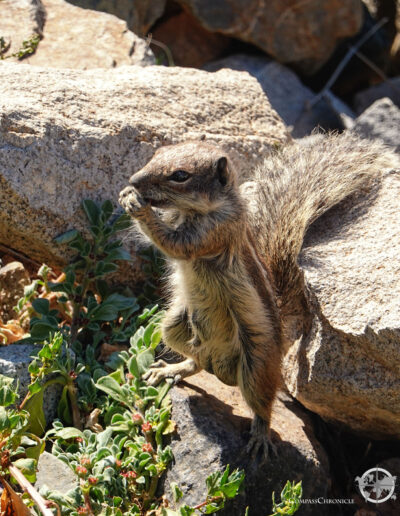
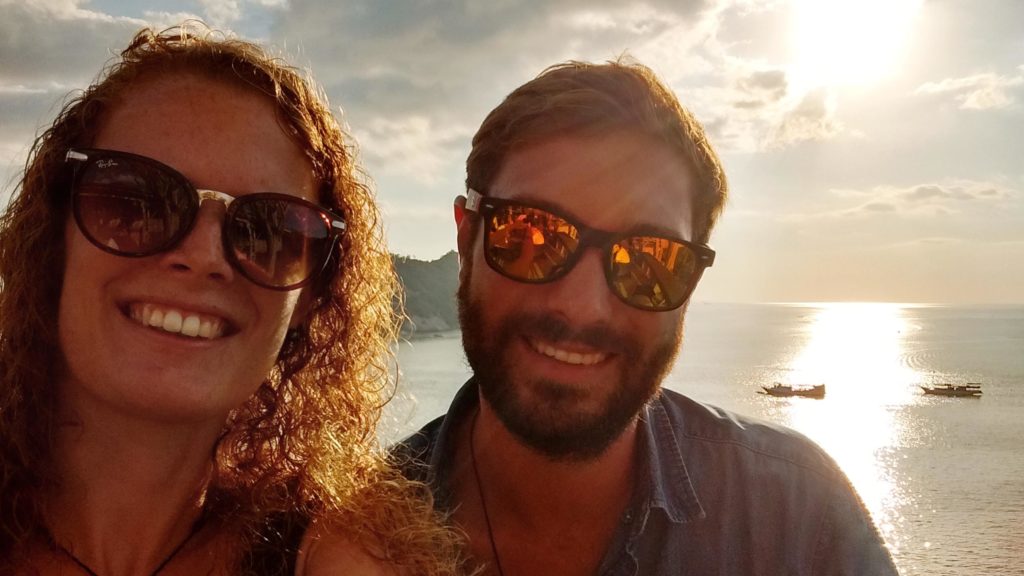
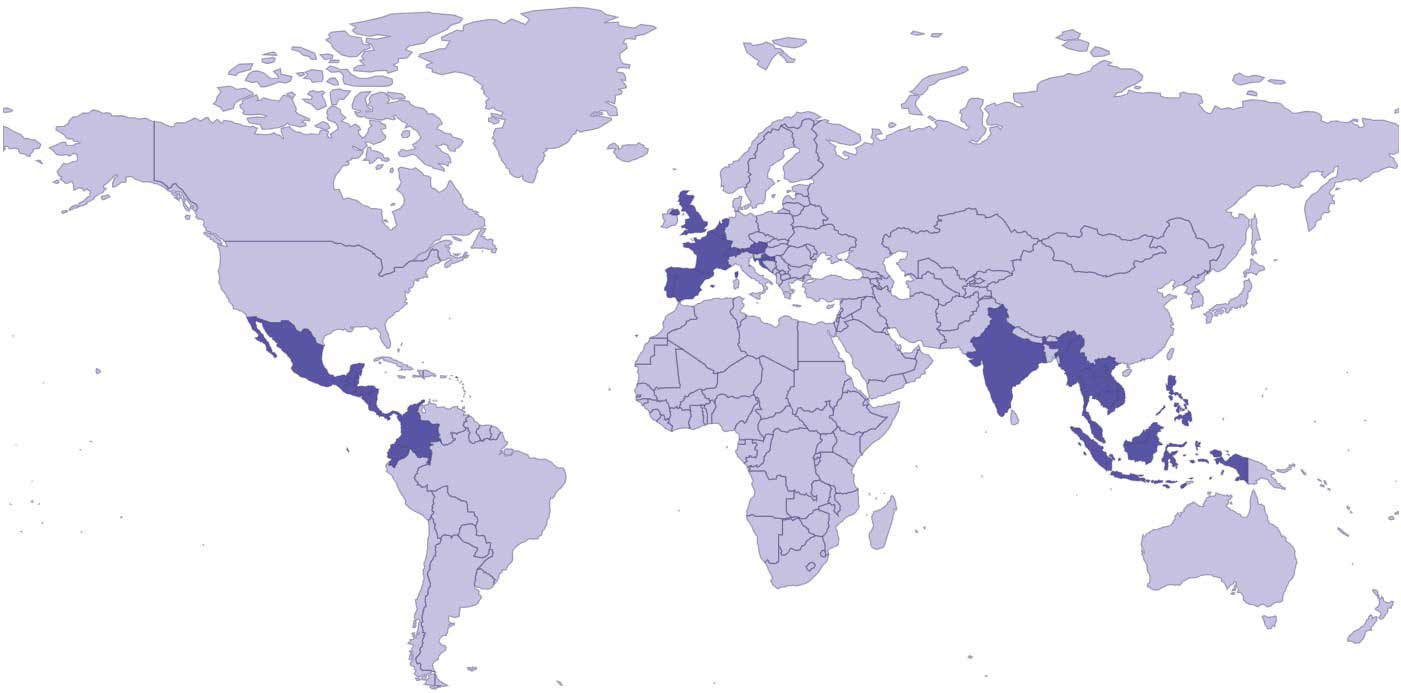

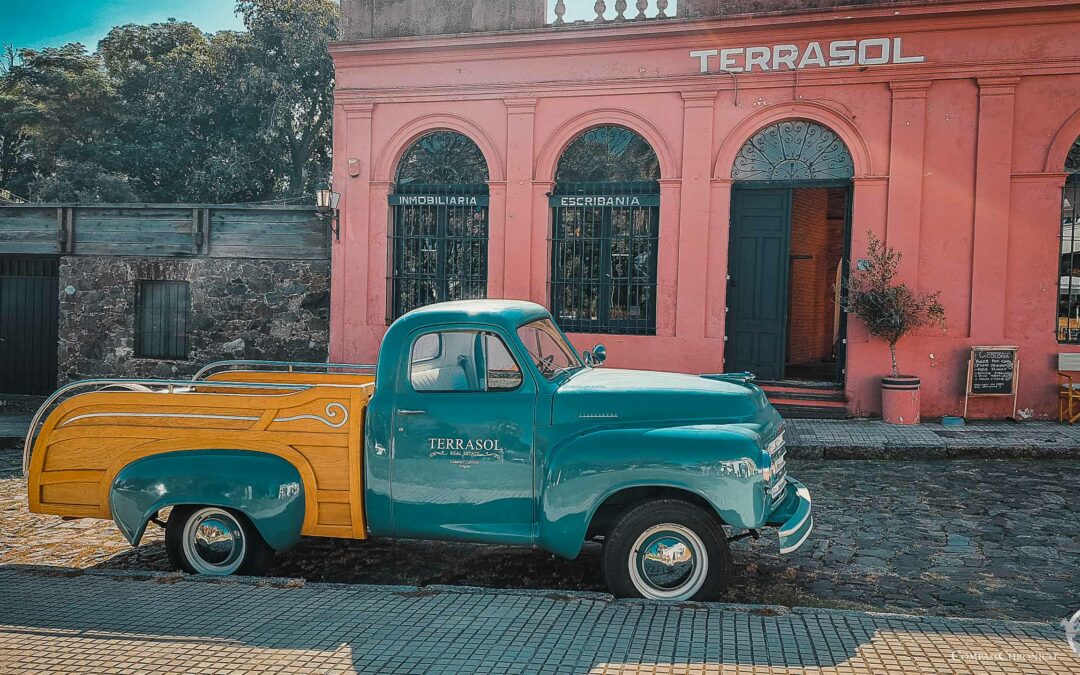
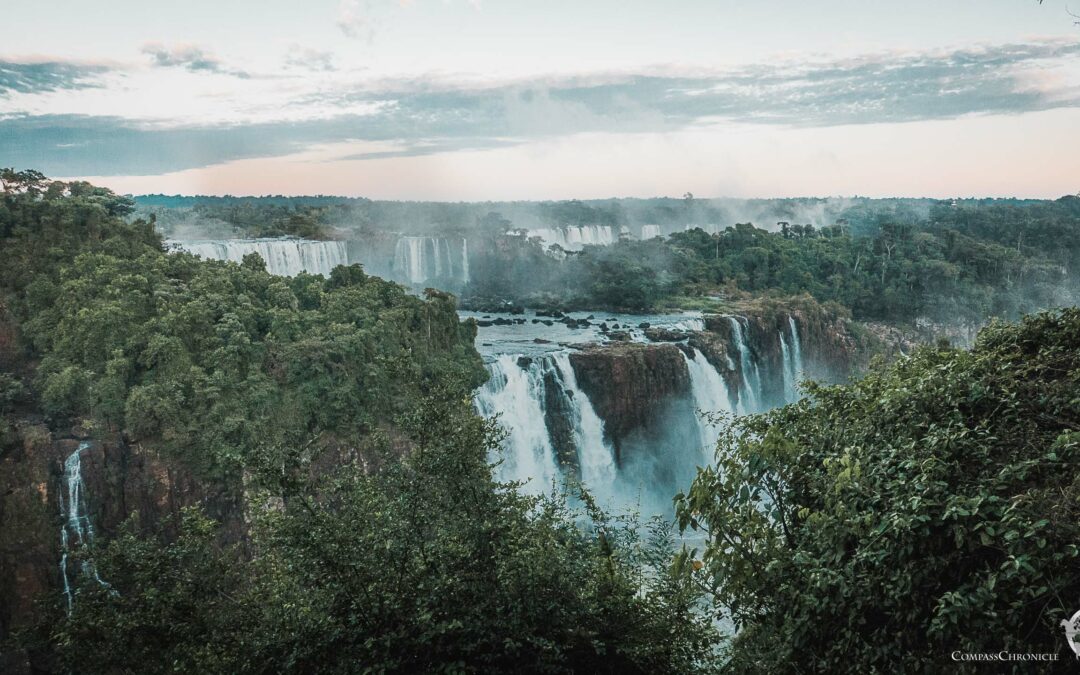
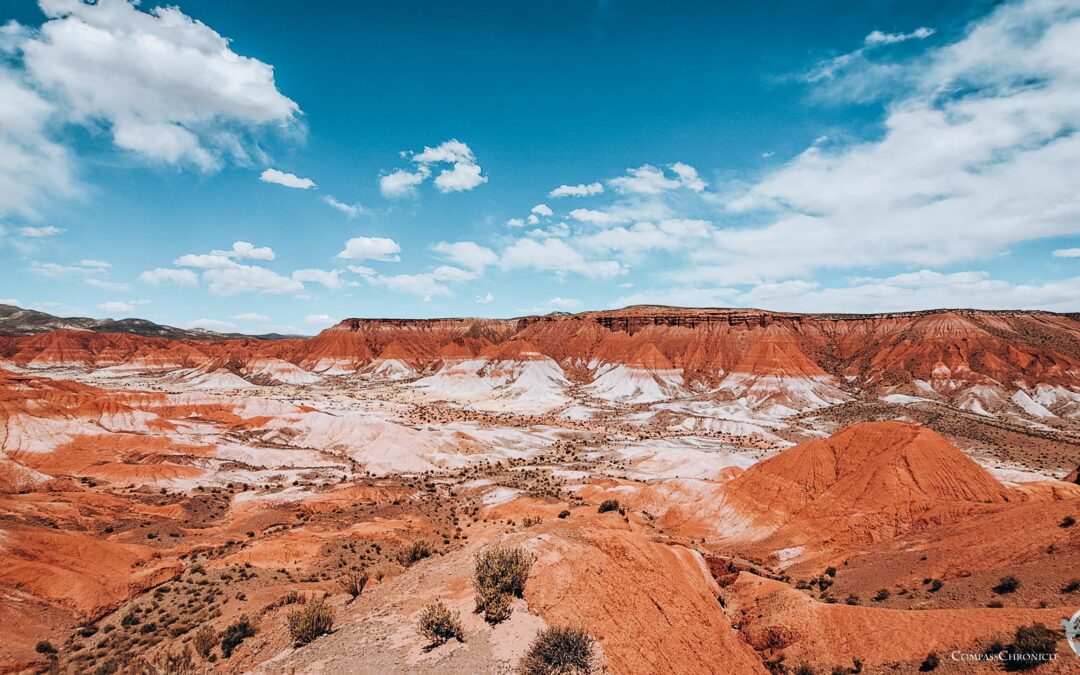
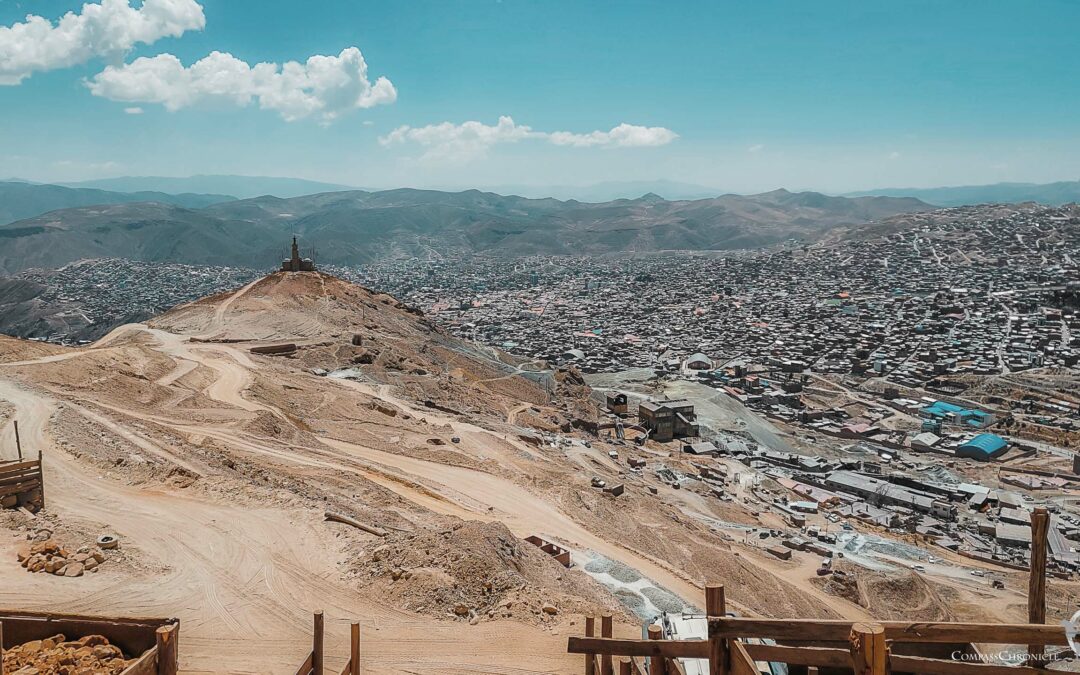
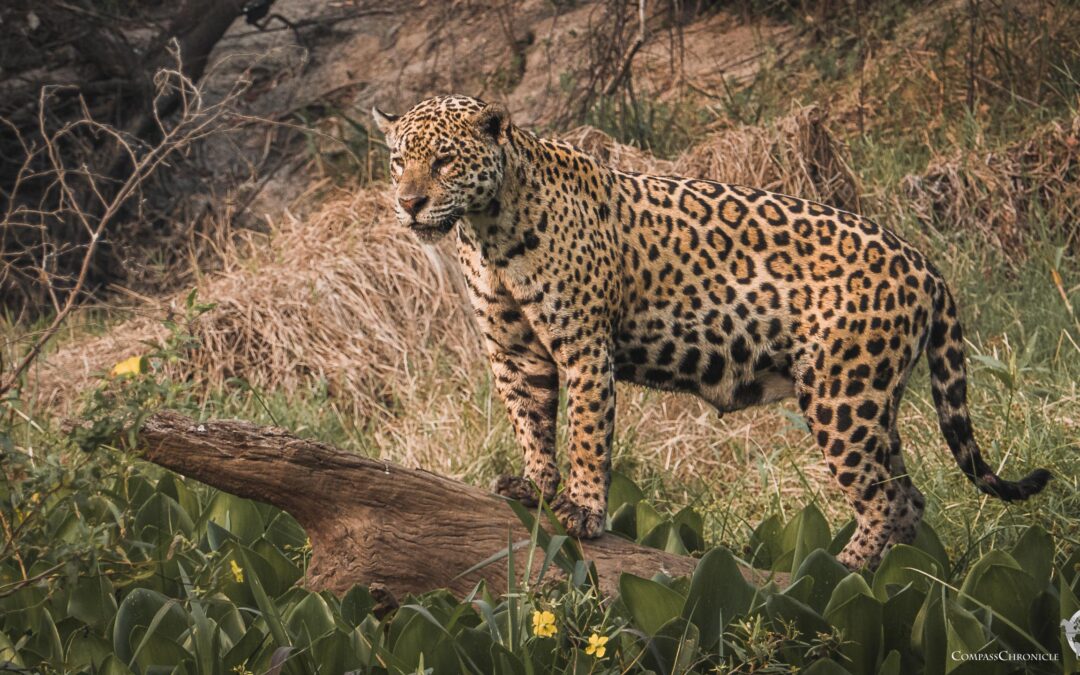
0 Comments